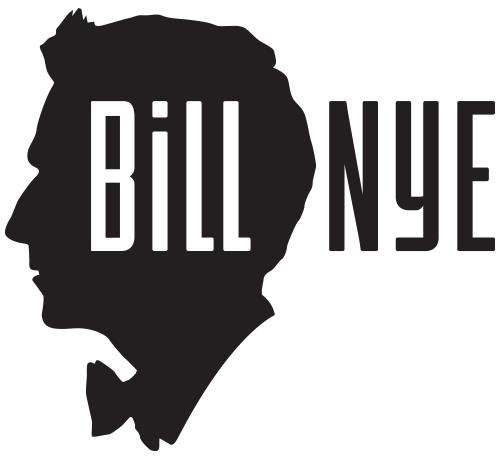
Light Optics
Don’t stay in the dark – Bill Nye will help you absorb the science of light optics.
Light is energy that normally moves in a straight line, but often something gets in the way. When light runs into something, three things can happen – the light can bounce off, it can go through, or it can be absorbed. Often all three things happen at the same time.
Light bounces off mirrors. You see yourself in a mirror when light bounces off your face, into the mirror, and then into your eyes. Light goes through glass. If the glass is bent or curved, the light gets bent on its way out of the glass. The glass in a magnifying glass or a pair of eyeglasses is curved so that it bends light, making things look bigger. More light is absorbed by dark-colored things than by light-colored things. Colors are made when some light is absorbed while other light is bounced back. Black things look black because when light hits them, they absorb almost all of the light. In outer space, there are objects with so much mass, so much material in them, that their gravity can bend the path of beams of light.
Be sure to brighten your day with Bill Nye the Science Guy.
The Big Idea
- Light travels in a straight line unless it hits something or is pulled on by gravity.
- When light hits something, it can be bent, bounced, or absorbed.
Did You Know That?
- Light is the fastest moving thing we know — it goes 300,000 kilometers per second when moving in air?
- Telescopes use lenses to magnify things that are far away? Hans Lippershey invented the telescope in 1608.
- Each of your eyes has a small lens, just like a camera lens, that bends and focuses light?
Books of Science!
- “Experiment With Light” by Bryan Murphy. Published by Lerner Publications, 1991.
- “Light Action! Amazing Experiments With Optics” by Vicki Cobb and Josh Cobb. Published by Harper Collins, 1993.